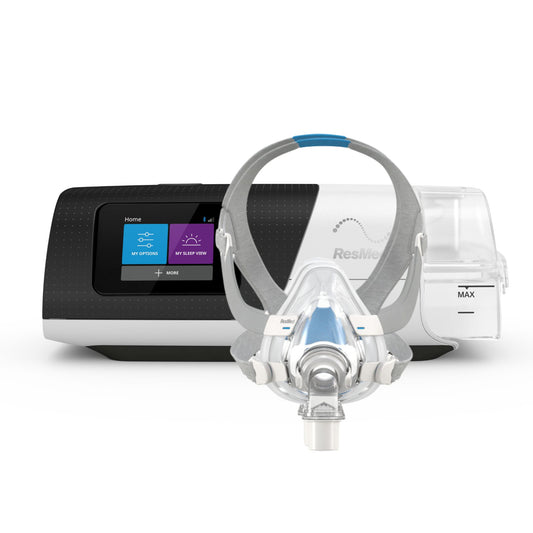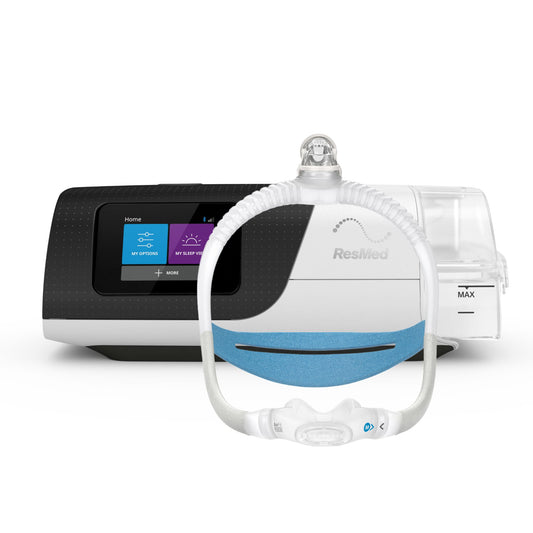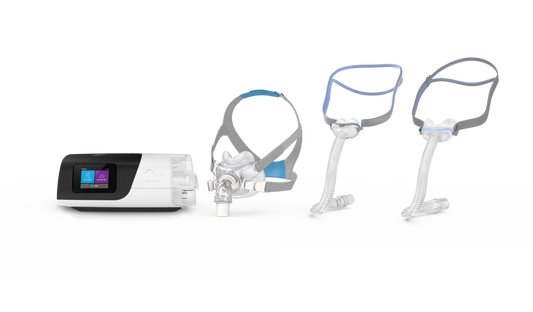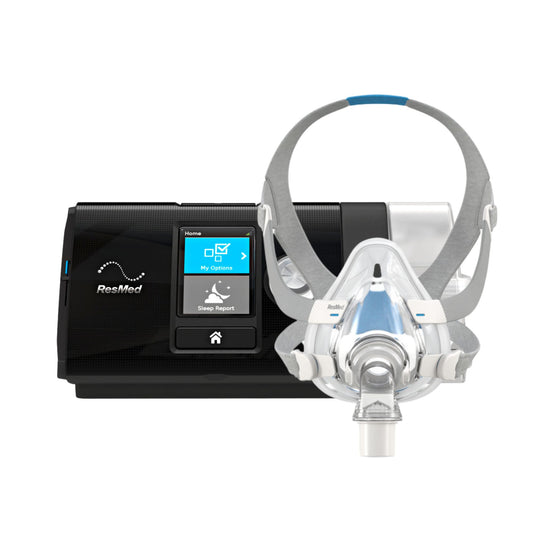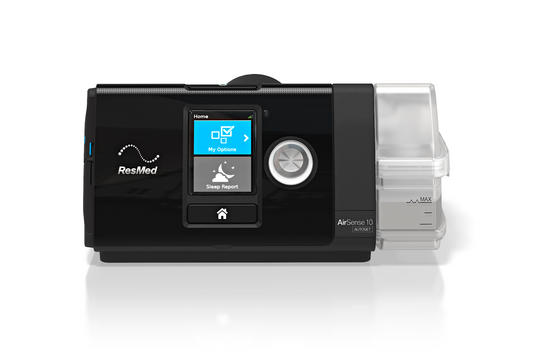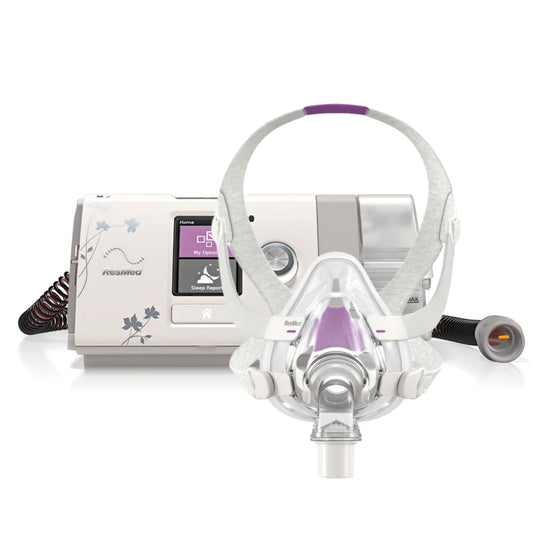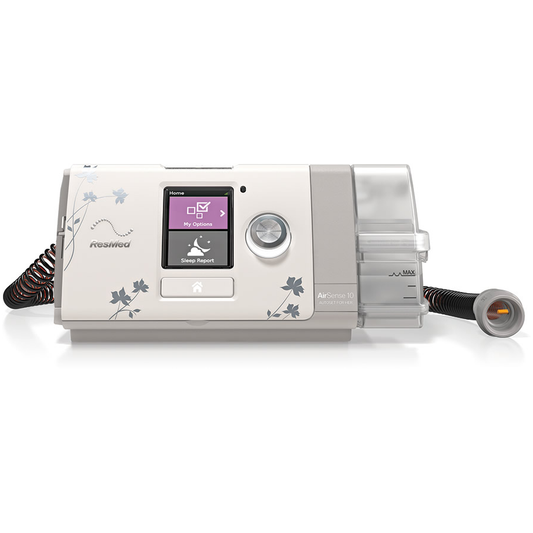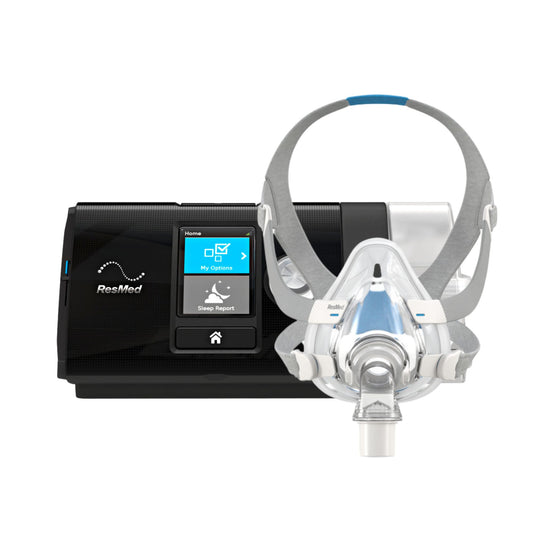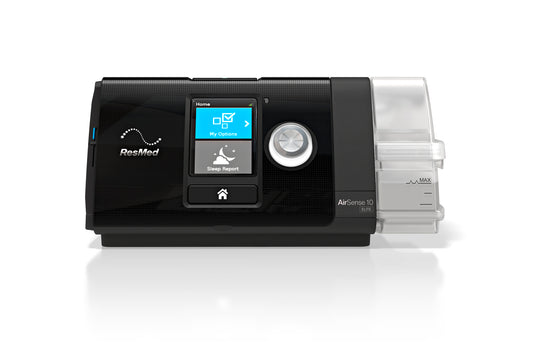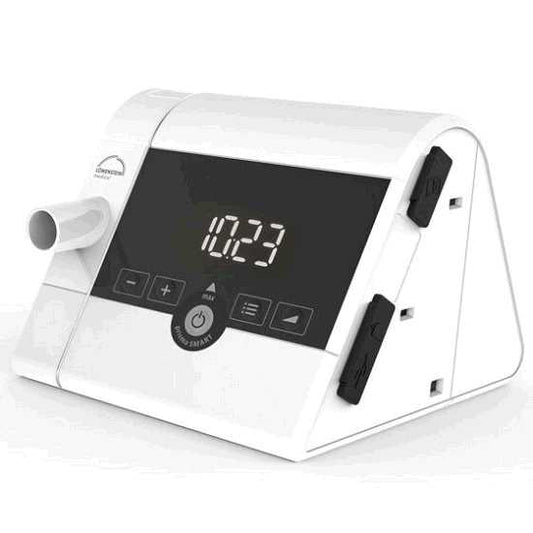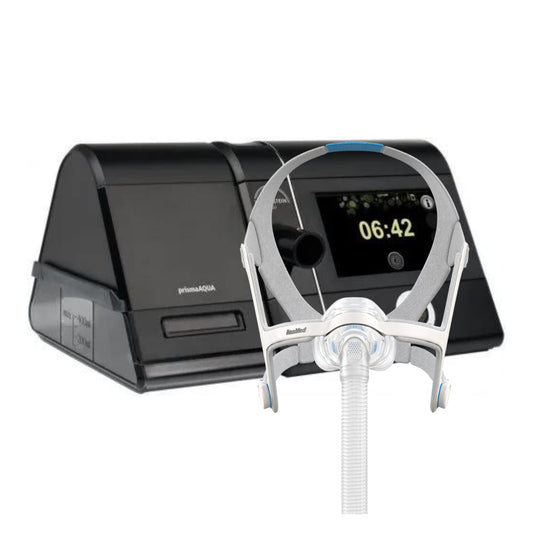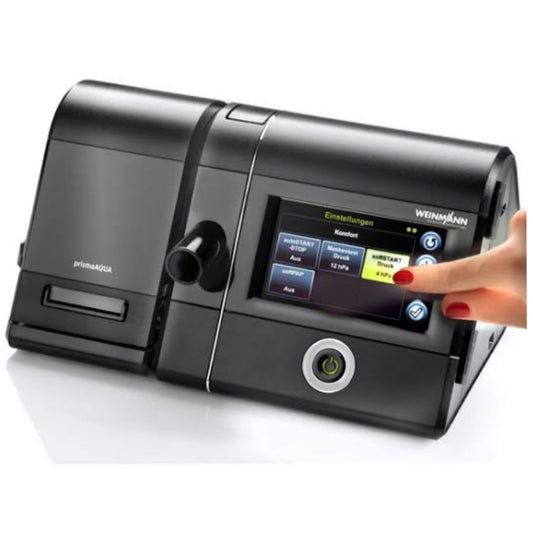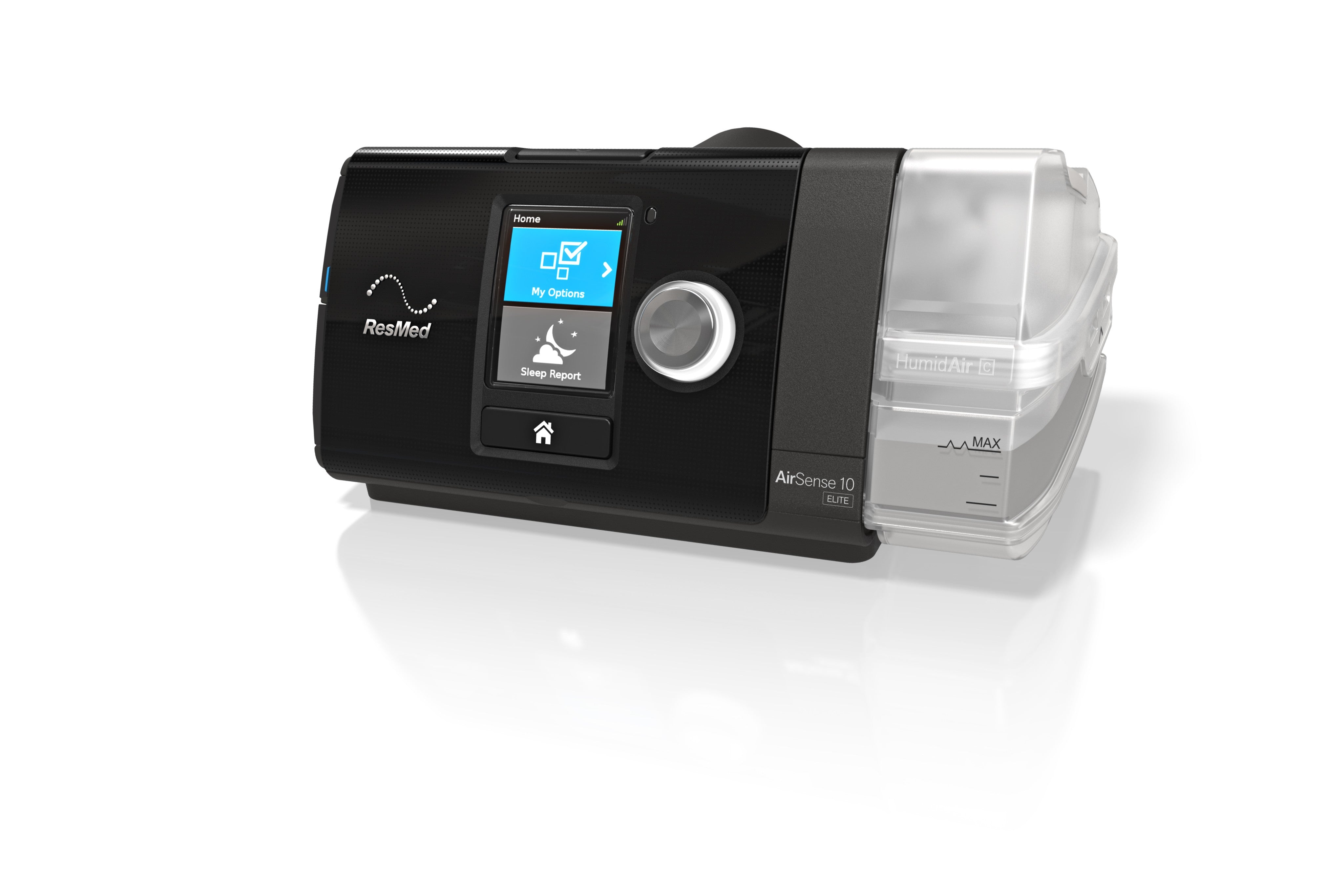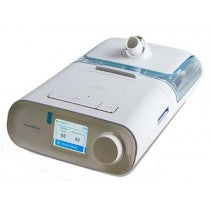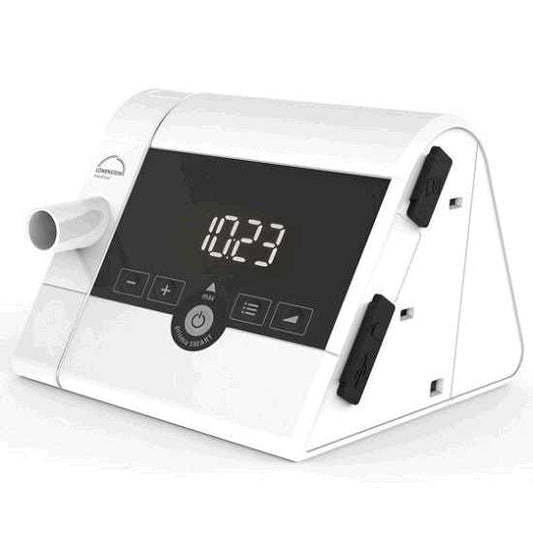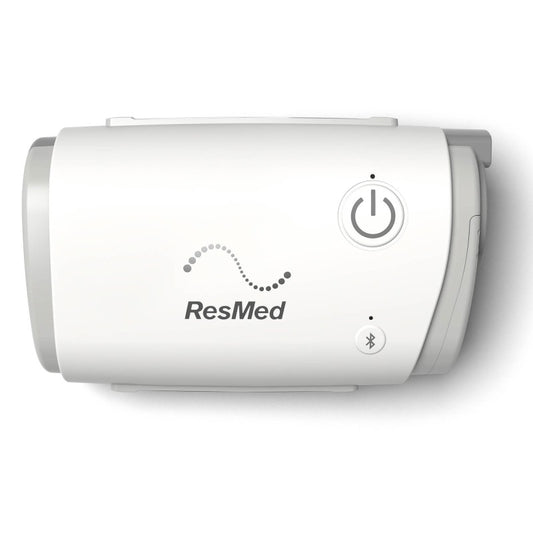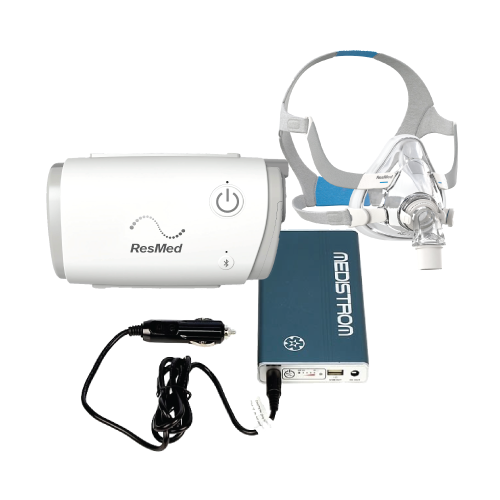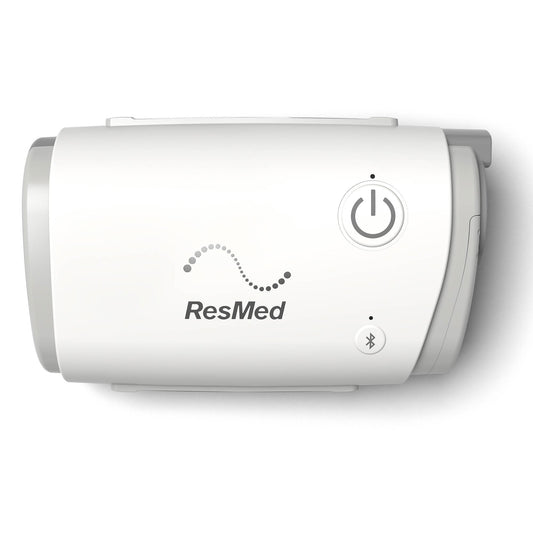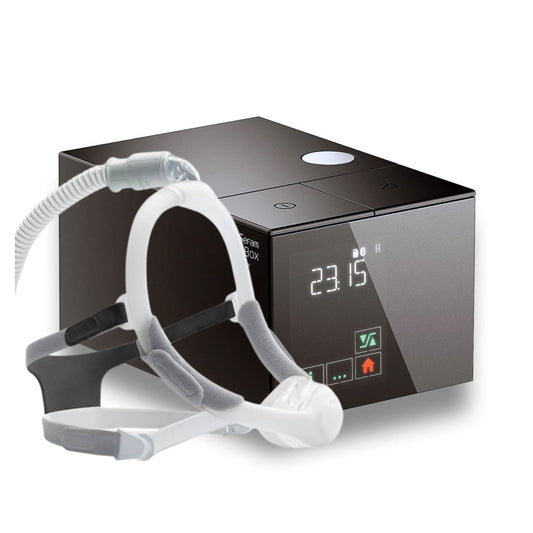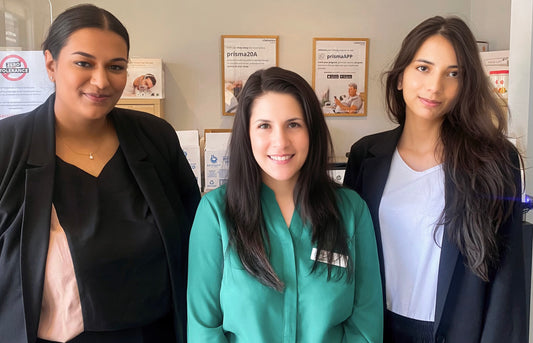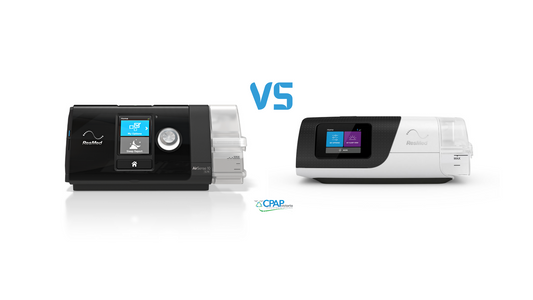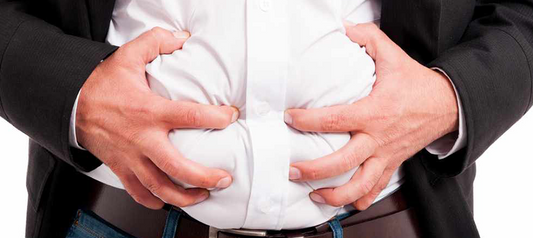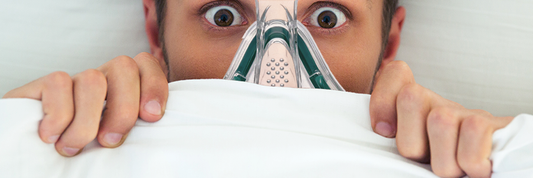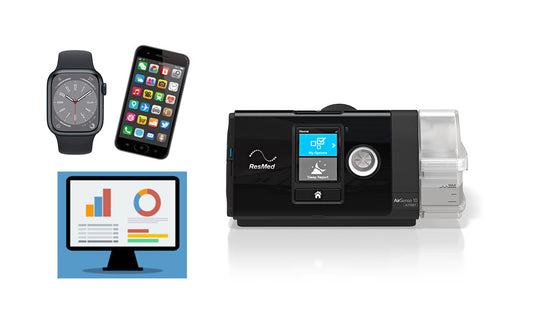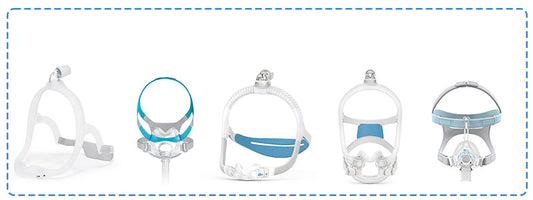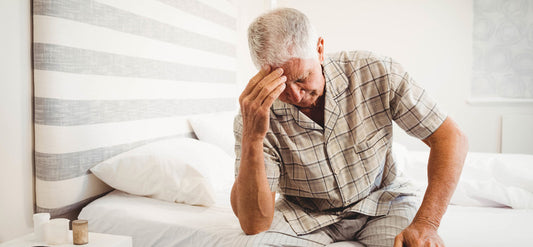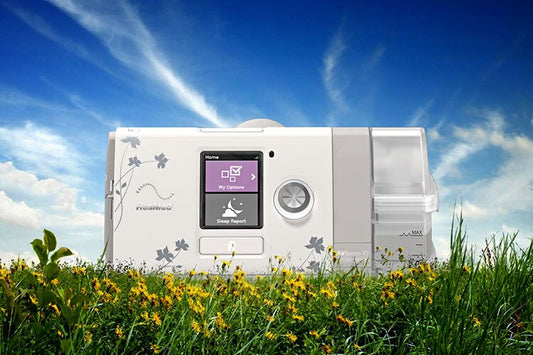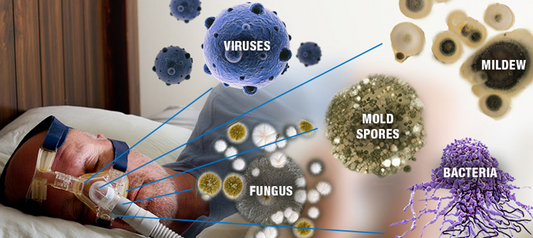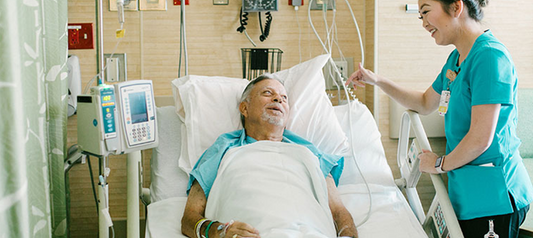Are you tired and sleepy even after undergoing CPAP therapy? If the answer is YES, then you could be one of the 10% obstructive sleep apnoea patients who meet the parameters of a successful treatment but still experience daytime sleepiness and notable tiredness throughout the day. This condition is called residual sleepiness.
These symptoms are not to be taken lightly as the group of OSA symptoms generally affects quality of life, impairs a person’s ability to remember and concentrate, and even increases the risk of vehicular accidents. A successful CPAP therapy treatment is achieved when the AHI reads between 5 to 15 with no associated symptoms, or an AHI reading of below 5. When this is met, residual sleepiness should not be a concern.
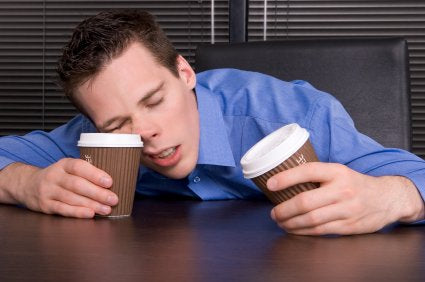
A study in the United States indicated that 1 out of 10 OSA patients experience considerable daytime sleepiness even if he undergoes CPAP therapy and his AHI reading is normal. This situation is quite a dilemma for most sleep doctors and otolaryngologists their objective of managing and treating OSA patients is not completely resolved. In connection, doctors recommend that OSA patients with suspected residual sleepiness take the Epworth Sleepiness Scale or ESS to evaluate their level of daily sleepiness. Scoring 10 or higher in the ESS indicates a sleeping problem. This test can also be used to check if an OSA patient undergoing CPAP or APAP therapy has improved.
Common Cause of Residual Sleepiness
What causes residual sleepiness?
Incorrect Titration - One of the most common causes of residual sleepiness is incorrect CPAP titration. However, this should no longer be a concern for new CPAP device users as machines with customized air pressure settings are no longer prescribed. OSA patients now use auto-adjusting CPAP or AutoPAP machines which automatically adjust air pressure based on the program set by a sleep doctor or otolaryngologist. There is no need to check in overnight in a sleep lab for a CPAP titration study as the latest CPAP machines use exclusive algorithm to establish AHI incidences. The gathered data is stored in the CPAP or APAP computer, downloadable by a sleep professional so as to gauge the progress of the patient.
APAP users who experience excessive daytime sleepiness could be referred to a traditional in-lab study to determine if there is additional date not recorded by the APAP computer. For example, electrodes attached to the legs can identify restless leg syndrome, and EEG tracings detect and identify arousals.
Poor CPAP Compliance – Residual sleepiness could develop if a patient’s CPAP compliance is inadequate. Compliance can be defined as the number of days and hours a patient undergoes CPAP therapy. Most patients are prescribed to undergo CPAP therapy 5 days a week, for 4 hours. This means wearing the CPAP mask 4 hours totals 20 hours each week, which is about half of what most young adults and adults require.
Some OSA patients are minimally compliant in the sense that they do use the CPAP or APAP machine correctly by do not adhere to the minimum length of treatment per day. There are those who seem to view CPAP as a magic pill that allow them to grab a good night’s sleep in 4-5 hours. The truth is a patient can be fully compliant but still miss deep sleep. How? If his REM sleep occurs between 2:00 a.m. and 5:00 a.m., but he wears (and sleep) between 9:00 p.m. and 1:00 a.m. then residual sleepiness could be experienced.
Next week’s post will be continuation of Residual Sleepiness.
If you think that you have a sleeping problem, call us at 300 750 006!
